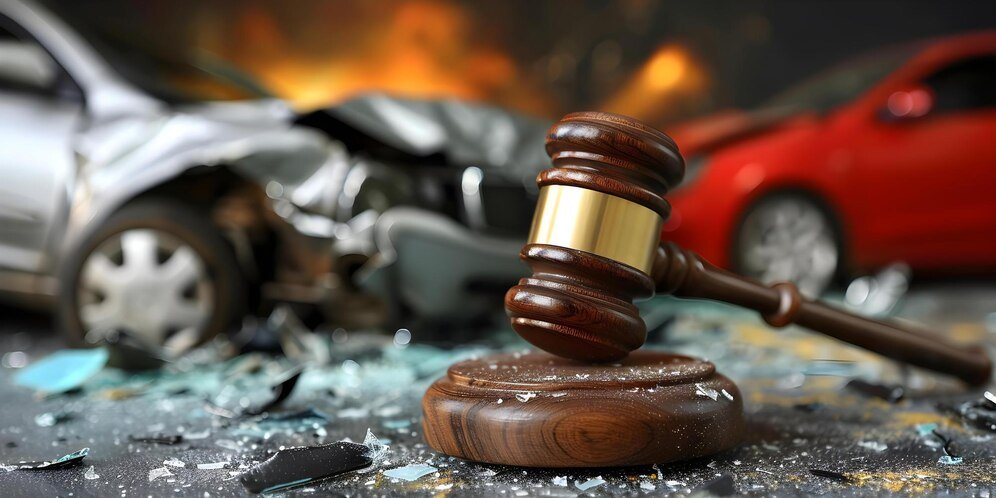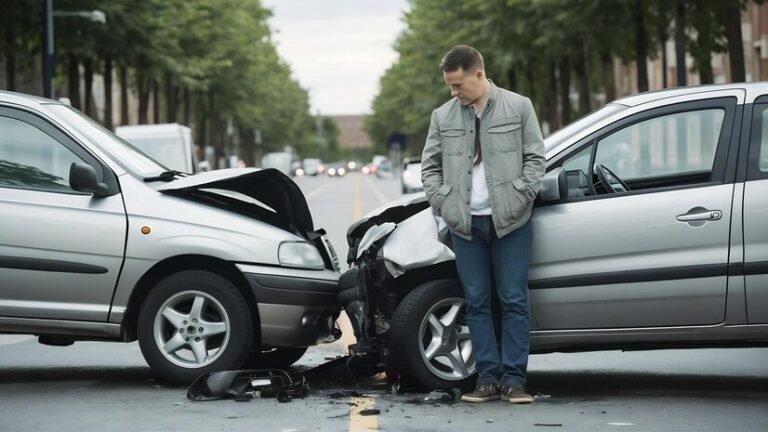Hit-and-Run Laws – Are They Strict Enough?
Hit-and-run accidents are a growing concern on roads worldwide, leaving victims with severe injuries or fatalities and a sense of injustice. The drivers responsible for these cowardly acts often escape the full consequences of their actions due to lenient laws. This raises a critical question: Are current hit-and-run laws sufficiently stringent to deter such behavior and provide justice to victims?
This discussion examines the existing legal framework and the potential need for stricter regulations to enhance road safety and accountability.
A Look at the Problem
Hit-and-run accidents have become a pervasive and alarming issue, with devastating consequences for victims and their families. These incidents represent a blatant disregard for human life and reflect a growing crisis on our roads. The problem is multifaceted, including various factors contributing to its prevalence.
According to the National Highway Traffic Safety Administration, the United States experienced a record-breaking surge in traffic fatalities per mile traveled in 2020. This period also saw a staggering 26% increase in hit-and-run fatalities.
While the precise reasons for this uptick are under investigation, experts point to several potential factors, including increased speeding and impaired driving. Moreover, the design of our roads is often characterized by wide lanes that encourage high speeds, exacerbating the problem.
The human toll of hit-and-run accidents is immeasurable. Countless individuals suffer life-altering injuries, while families are left to grapple with the loss of loved ones.
According to The Colorado Springs Gazette, one recent and heartbreaking case highlights the devastating impact of these incidents. On June 23, Nathan Mitchem, a resident of Colorado Springs, was struck by a pickup truck while riding his motorcycle.
The driver, Brent Gilmer, fled the scene on foot, leaving Mitchem with severe injuries including fractured bones and a torn ACL. This incident serves as a stark reminder of the callous disregard displayed by the offender and the profound suffering inflicted on innocent victims.
Penalties for Hit-and-Run Accidents
The severity of penalties for these accidents varies widely depending on the jurisdiction and the specific circumstances of the incident. Generally, fleeing the scene of an accident that results in property damage is a less serious offense than one involving injuries or fatalities.
According to Forbes, potential penalties for offenders can include a range of consequences, from misdemeanors to felonies. This may involve imprisonment, substantial fines, suspension or revocation of the driver’s license, and accumulation of points on the driving record.
Law enforcement takes hit-and-run cases seriously, especially when they involve injuries or fatalities. Investigations are conducted to identify the fleeing driver, and if apprehended, they face criminal charges. To secure a conviction, prosecutors must prove that the individual was involved in the accident and was legally obliged to remain at the scene. Additionally, they must show that the individual subsequently fled.
The potential consequences for drivers serve as a deterrent, but the reality is that many offenders escape justice. This highlights the need for stricter laws and more effective enforcement to protect innocent victims and hold perpetrators accountable.
What to Do if You Are a Victim
Being the victim of an accident is a traumatic experience, compounded by the challenges of seeking justice and compensation. Immediate action is crucial.
If you’re involved in a hit-and-run, prioritize your safety and well-being. Then, report the incident to the police. Provide as much detail as you can about the fleeing vehicle, including its make, model, color, and license plate number (if visible).
Notify your insurance company about the accident. Depending on your coverage, you might have uninsured/underinsured motorist (UM/UIM) protection. This can help cover your losses if the at-fault driver is unidentified or inadequately insured.
Springs Law Group notes that given the complexities of these cases, considering legal counsel is advisable. A personal injury attorney can guide you through the legal process and potentially pursue a lawsuit if the at-fault driver is identified.
For instance, in the case of Nathan Mitchem, a Colorado Springs auto accident attorney can assist in several ways. They can help the Mitchem family gather medical records, police reports, and witness statements. Additionally, an attorney can negotiate with insurance companies to secure maximum compensation for medical expenses, lost wages, and pain and suffering.
The Question of Sufficiently Strict Laws
The debate around the effectiveness of current laws in deterring hit-and-run offenders is ongoing. In many jurisdictions, lawmakers are grappling with the issue and considering potential reforms.
The Age notes that in Australia, the state of Victoria is considering new measures to address a surge in youth crime. This includes incidents involving hit-and-run offenses. These proposed changes aim to stem public outrage and enhance the justice system’s response to such crimes.
Increasing the age of criminal responsibility and expanding the options for youth supervision are steps in the right direction. However, concerns persist about the effectiveness of bail conditions and the classification of these offenses.
Advocates for stricter laws argue that upgrading offenses against the person would result in harsher penalties and deter potential offenders. They also emphasize the need for stricter bail conditions and more frequent revocation for repeat offenders. However, others caution against knee-jerk reactions driven by public emotion, emphasizing the importance of evidence-based policymaking.
The optimal balance between public safety and the rights of accused individuals remains a complex challenge. As lawmakers and policymakers continue to address this issue, it is essential to consider the potential consequences of proposed changes. Additionally, ensuring that any new legislation effectively deters hit-and-run offenders and protects the public is crucial.
Read Also: The Emotional Impact of Surviving a Single-Vehicle Rollover Accident
Frequently Asked Questions
What happens after a hit-and-run case?
After a hit-and-run case, law enforcement investigates to identify and apprehend the perpetrator. If caught, the driver may face criminal charges, including hit-and-run offenses. Legal proceedings follow, potentially resulting in penalties depending on the severity of the incident and local laws
Is hit-and-run a criminal case?
Yes, hit-and-run is a criminal case. Fleeing the scene of an accident is illegal and can result in criminal charges, including misdemeanors or felonies. Penalties may include fines, imprisonment, and suspension or revocation of the driver’s license.
What is the maximum punishment in a hit-and-run case?
The maximum punishment for these cases can include severe penalties such as long-term imprisonment, substantial fines, and a lifetime license revocation. For serious cases involving injury or death, penalties can be more severe, including extended prison sentences and significant financial restitution.
Hit-and-run accidents are a scourge on society, leaving victims to grapple with physical injuries, emotional trauma, and financial burdens. The cowardly act of fleeing the scene of a collision exacerbates the suffering of those affected and undermines the principles of justice.
While laws vary across jurisdictions, there is a growing consensus that current penalties for hit-and-run offenses are often insufficient. As this article has explored, stricter enforcement, increased penalties, and improved victim support services are essential components of addressing this problem.
Ultimately, preventing hit-and-run accidents requires a multifaceted approach. This includes stricter law enforcement, public awareness campaigns to discourage such behavior, and advancements in technology to aid in the apprehension of offenders. By working together, law enforcement, policymakers, and the public can create a safer road environment where drivers are held accountable for their actions.






